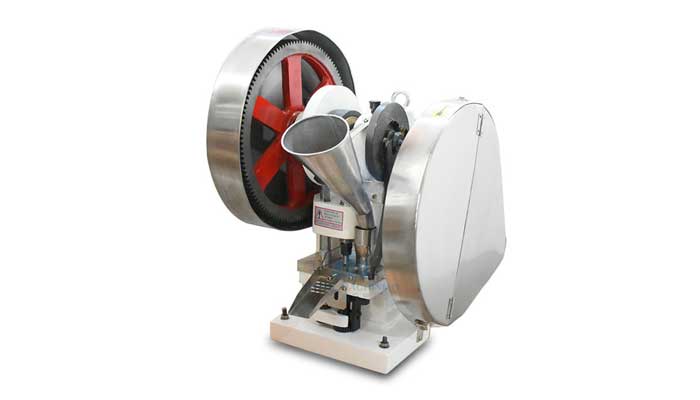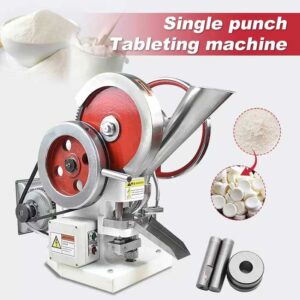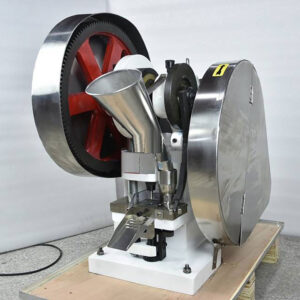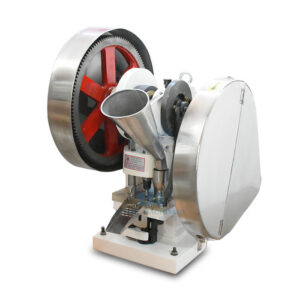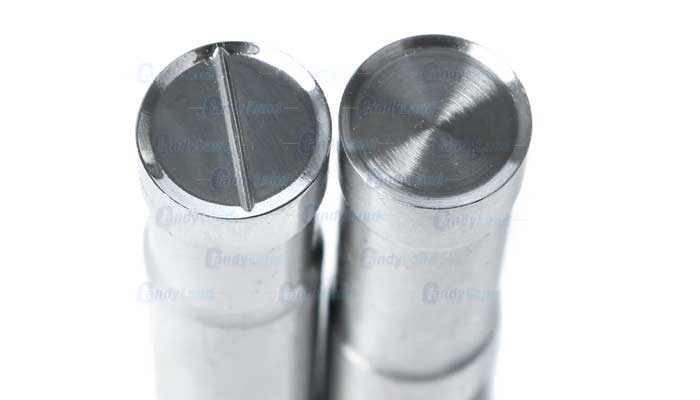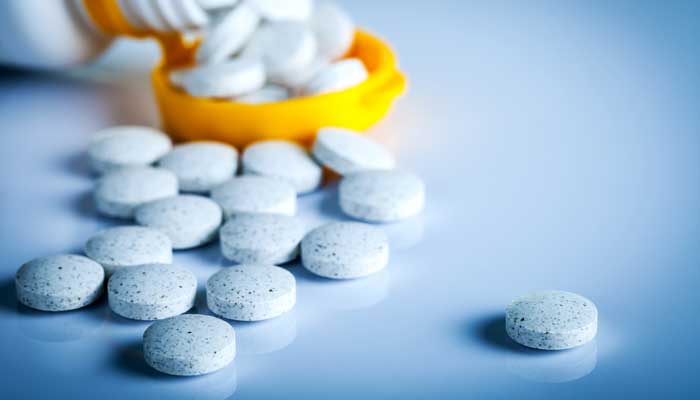Whether you’re just starting out or you’re an experienced professional, a tabletop tablet press can be very useful. If you’re looking to buy a tablet press, you’ll be able to find a variety of options. But how do you decide on which one is right for your needs?
Single punch structure
Using a tabletop tablet press to press tablets is easy and can be done manually or electrically. However, it is important to know the basics of the process and to plan a production schedule for your new tablet machine.
The process of pressing tablets uses the punches to compress powder into a shape that resembles a tablet. The design of the punches and dies determine the size and shape of the tablet. The machine’s feeding system, hopper and compression power also play an important role in the operation of the machine.
A tablet press can be used to produce a variety of types of tablets. Chinese medicine, Western medicine, and cosmetics are some examples of products that can be compressed. Depending on the type of material and dosage form, a tablet press can be adjusted to increase or decrease the thickness and weight of the tablet.
A hopper holds the mixture of powder. It can be manually filled or mechanically inserted into the die mold. The hopper then forces the granules into close contact. The hopper is connected to a feed shoe that deposits the granules into the die.
The hopper’s capacity control component glides over top of the die mold to reduce the amount of excess powder. The hopper also acts as a deflector, forcing the completed tablet into a collection basin.
The cam track ensures that the upper and lower punches work together to form a cavity for the powder. Aside from helping in compression, the track helps in guiding the punches as they cycle through the machine’s cams.
Aside from the cam track, there are many other features of the machine. Aside from the obvious, there are pre-compression rollers to remove excess air from the die.
Multi-station structure
Several different types of tablet presses are available. These are either manually operated or electrically driven. The type of machine you choose is based on your production needs, budget, and resources. Among the types, rotary tablet presses are the most popular. Unlike single punch machines, they produce uniform tablets.
A tablet press is a device used to produce tablets by compressing powder. It is a very simple machine. The main parts of the machine include the hopper, the feed shoe, the dies, and the take-off blades. The take-off blades move the tablets to the collection container.
The hopper is filled with the granulated formula and delivers it to the feed frame. The feed frame positions the powder mix over the die track. This is followed by compression of the mixture. The powder mix is compressed and shaped into a desired tablet size and shape. The size of the tablet is determined by the size of the die bore.
The upper and lower punches work together to compress the materials inside the die. The upper punch penetrates the die to apply a compaction force to the fill material. The lower punch remains stationary during the compression cycle. The upper and lower punches are made up of a stem and a tip. The stem is a straight section, whereas the tip is a relief. The relief helps reduce friction during the compression cycle.
The punches are guided by a cam track. The tip of the stem is used to scrape the product off the die wall during the filling process.
The turret is a heart-like part of the machine. It hosts the die and holds the upper and lower punches. The turret also ensures that the two punches are vertically aligned.
YP-1400 Lab tablet press
HE/TDP/015 is a laboratory tablet press that has a small footprint and can produce tablets in small batches. It is suitable for research and development applications and is a popular choice for chemical plants and food technology laboratories. It features a premium quality construction, which includes a SUS316 stainless steel frame and a self-installed drive motor.
The YP-1400 Lab tablet press features a self-installed drive motor and two hardened steel profile cams to control the timing. It is an ideal tool for processing small volumes, such as 200g of material or additional filler. It is also able to process more than one compound at a time. It is equipped with a one shot lubrication pump for the lower roll pins. It also has an internal helical gear ring and pinion drive, which provides smooth running.
The TDP series single punch tablet press machine is very compact, light weight and easy to maintain. The machine is highly effective and perfect for use in research and development. It has a top-line performance record and is widely used in the pharmacy and chemical industries. It can produce a wide variety of tablets, including pills, capsules and tablets in different shapes and sizes. It is especially suitable for production of irregular shapes.
It can be adapted to produce tablets of various diameters, shapes, thicknesses and hardness. It is also able to adjust the filling depth of the material. The press is designed to be easily disassembled and repaired, and the parts in contact with the tablets are sanitary and made of high-quality stainless steel.
It can produce tablets with a fill depth of 18mm, which allows an effective dose of active ingredients. It also features a double impeller feeding system that uses two blenders to fill in the holes.
TDP 5
Whether you are looking to use a tabletop tablet press to test your product or to produce tablets for sale, there are many options to choose from. It’s important to consider the type of material you are going to use, the size of the machine, and the amount of production you’re going to need.
Using a tabletop tablet press is a simple process. Raw materials are placed in a cone-shaped container and then a paddle forces them into the die cavity. It’s a fast process that can also be automated. Once the batch is finished, the newly-made tablets appear ready to be packed and bottled.
The TDP 5 is a popular option for pharmaceutical research, development, and testing. It’s versatile and can produce tablets of virtually any shape or size.
It’s built to high standards and has excellent reliability. It’s also highly portable, making it an ideal choice for testing or production in a small space.
There are numerous tablet presses to choose from, each with its own unique features. This includes manual and automatic presses, as well as hydraulic and electric presses. Choosing the right one for you depends on the amount of production you’ll need, your budget, and your location.
The tablet press has been around for a while, but it has recently undergone a makeover. It’s now electrically powered, which means it’s easy to use and operate. It’s also got a teaching video to show you how to use it.
It also has an adjustable thickness setting, a tablet adjuster, and a weight adjustment. Besides the typical tablet forming methods, it can even stamp designs on the surface.
The machine is equipped with an AC Frequency Variable Speed Drive for the turret, and has a safety guard with a limit switch. It’s also cGMP compliant and comes with non-slip safety pads.
Typical applications
Typical applications of a tabletop tablet press are varied. Some machines have an integrated system, while others are equipped with a pressure sensor. Regardless of the type of machine you are using, it is important to ensure that you understand the limitations of your production process and adjust accordingly.
Inline tablet testers are often used to measure the hardness and thickness of the tablets being produced. Most modern presses can also automatically configure the press parameters according to a product recipe. These systems have a variety of benefits, such as eliminating startup scrap and minimizing changeover times.
Typically, a rotary tablet press produces between 9000 and 234000 tabs per hour. They have a range of hardness control settings, which makes them a popular choice for pharmaceutical manufacturing. They have a lubrication system that helps prevent powders from sticking, resulting in cohesive granulations.
Many modern tablet presses have an integrated system, including a pressure sensor. This allows you to monitor and manage closed loop feedback. You can also control the motorized damper to ensure optimal dust extraction.
The hopper is where the granules are stored. The hopper can be filled manually or automatically. The powder mixture is then fed into the feeder system. It is then compressed into a desired tablet shape.
Most modern presses also have a low material level sensor, which will stop the machine if the material is lower than the set level. Some machines allow for override of this sensor. Some of the most advanced presses feature a sensor that will stop the machine when the hopper is almost empty. This will help increase efficiency and reduce material losses.
An additional turret strategy can reduce changeover time by up to 50%. This strategy reduces the need to manually remove the upper and lower punch tools. Another benefit of this strategy is that it allows the turret to be tooled off-line, which can save a lot of time during the changeover.

